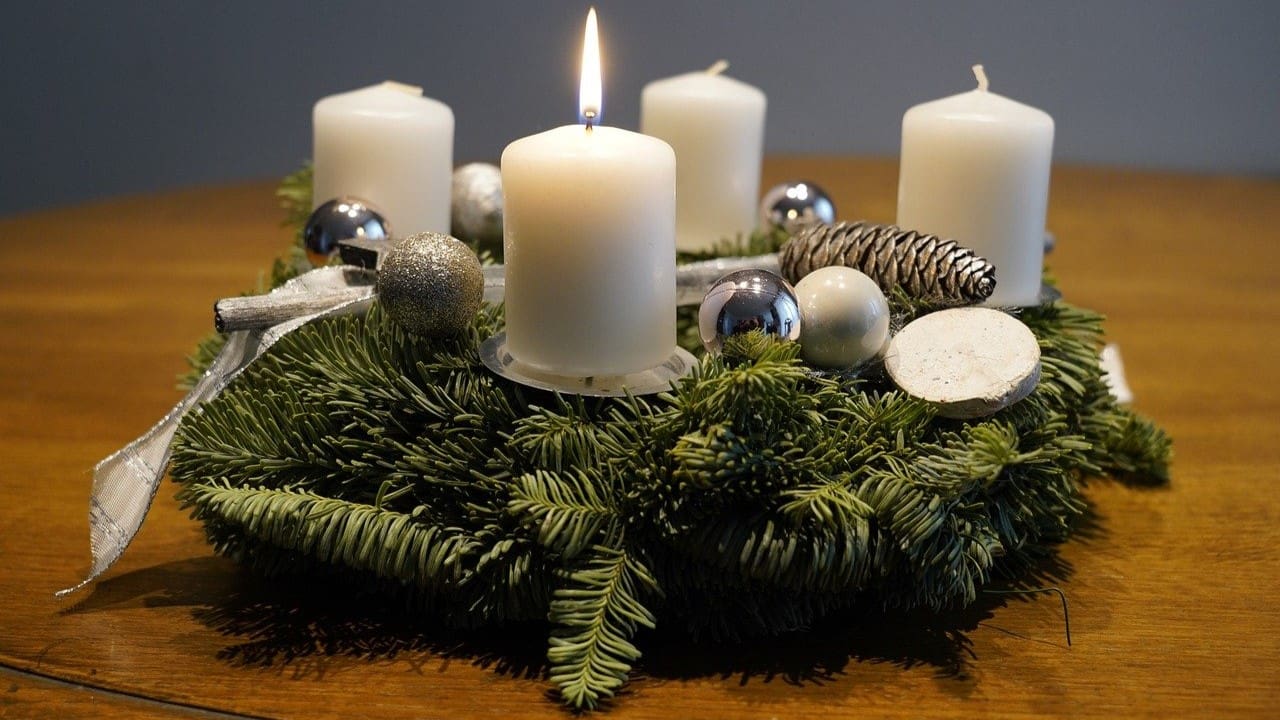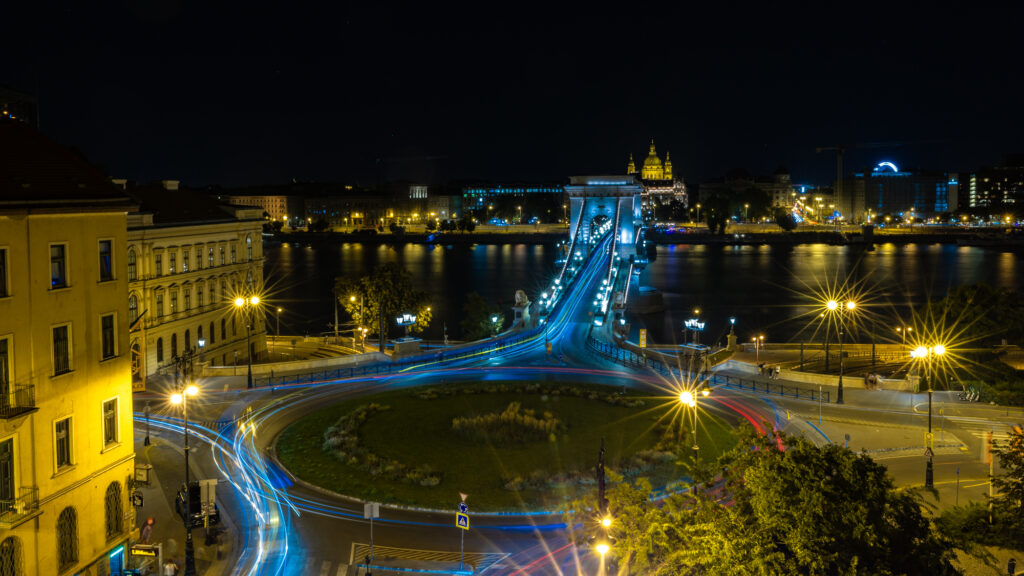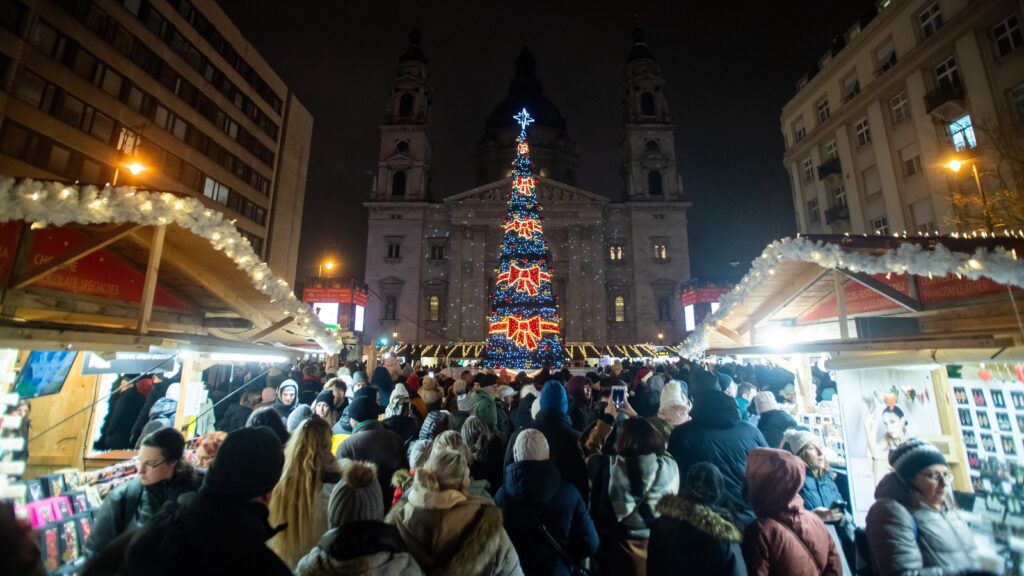Yesterday was the first Sunday of Advent, with many Hungarians lighting the first candle on the Advent wreath in their homes. This is in fact a common custom in the entire Christian world, followed even by non-religious families. But where does it come from, and what is the symbolism that the Advent wreath conveys?
Advent is one of the most important periods in the Christian world: it heralds the beginning of the Christmas season. According to the Gregorian calendar, it starts on the fourth Sunday before 25 December.
The name Advent comes from the Latin phrase ‘adventus Domini’, which means ‘the coming of the Lord’.
Originally, there was little connection between Advent and Christmas. In the early church, Advent was a season of preparation for the baptism of new Christians at Epiphany, the celebration of God’s incarnation. During this season of preparation, Christians would spend 40 days in repentance, prayer, and fasting. By the sixth century, Roman Christians were celebrating the coming of Christ at Advent, but by coming they primarily meant the second coming of Jesus Christ as the judge of the world.
According to records, the Advent wreath first appeared in Germany in the middle of the 19th century. A Lutheran minister called Johann H. Wichern, apparently in 1839, who was known for his mission work among the poor, created something from which the later classic Advent wreath evolved: twenty-eight candles placed on a cartwheel decorated with evergreen branches, four of which were white and the rest red. Wichern lit one more candle on the wheel hung in the church every day until Christmas, with the white candles lit on the last four Sundays.
This custom only spread throughout Europe in the 20th century. In the meantime, the twenty-eight candles were reduced to four, but the pine branches that make up the wreath have remained, with the circular shape reminding us of God’s eternal love.
Historians, however, have also suggested that pagan Germanic peoples would light candles around wreaths in the dark winter months in anticipation of the warmer, lighter months in springtime, and that it was this tradition that evolved into an Advent wreath in the Middle Ages.
Unlike Protestants, Catholics place purple candles on the Advent wreath, except for one: the colour of the third, that is, the candle of Gaudete Sunday, or Sunday of Joy, is pink. Purple is the colour of repentance and conversion, wile pink symbolizes the upcoming holiday.
The four candles also symbolize four concepts: faith, hope, love and joy. According to Roman Catholic symbolism, each candle refers to four specific personalities: the three purple candles symbolize Adam and Eve, the Jewish people, and St John the Baptist, while the pink candle symbolizes the Virgin Mary.
Although shopping centres and advertisements tell us it’s already Christmas, the Church reminds us through the candles of Advent that there is an appointed time for everything (Eccl. 3:1).








